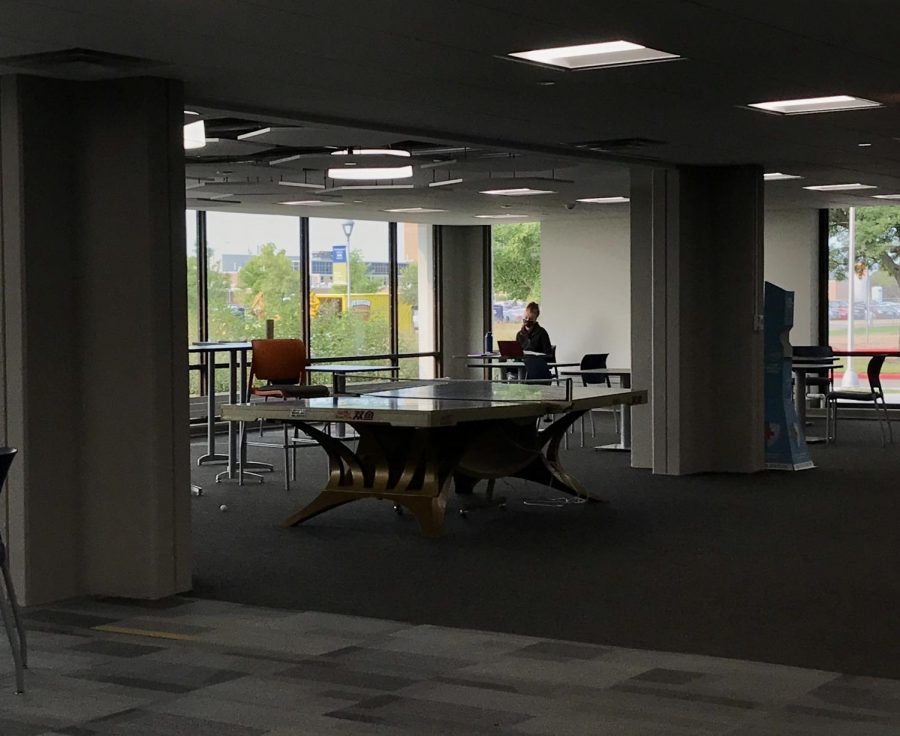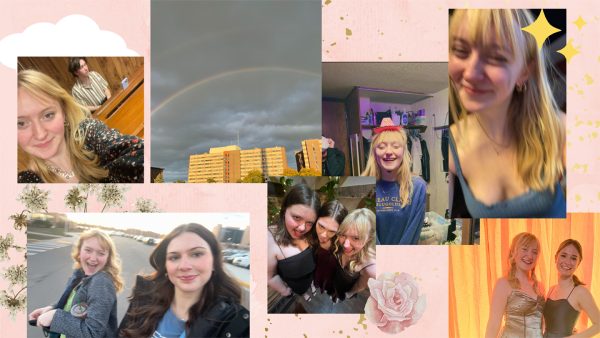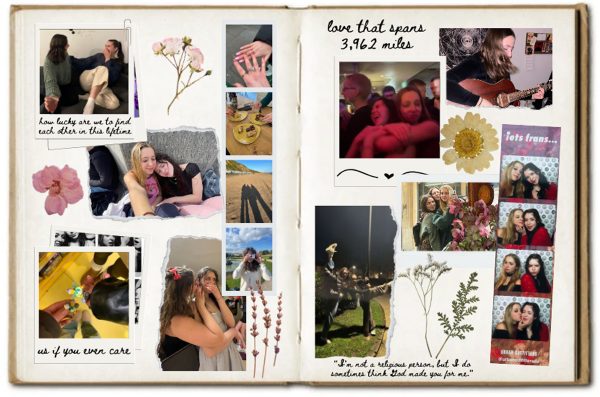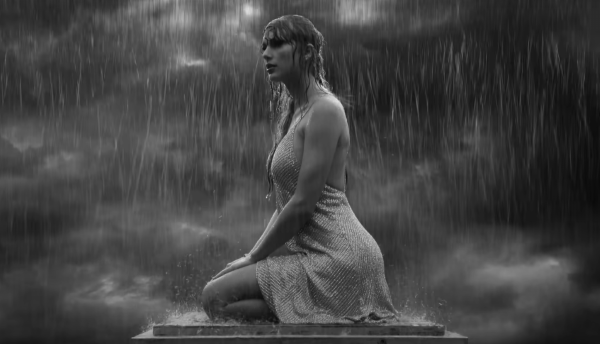Loneliness is an epidemic on college campuses during a pandemic
Now more than ever, connection in some way or form is crucial
More stories from Ta’Leah Van Sistine
Photo by Ta'Leah Van Sistine
A student sits at a socially-distanced table in the Towers Hall lobby. UW-Eau Claire’s mask mandate, which was established before the Fall 2020 semester, requires students to wear a mask in campus buildings.
My first day of school this year at UW-Eau Claire consisted mostly of me sitting outside at a table in front of the Davies Student Center, reading a book for one of my classes … by myself.
It was one of the first times I ventured out of my dorm room to go to lower campus. Because I didn’t have any classes, I thought it was the most opportune time to get ahead on my homework assignments and enjoy the nice weather.
Working on homework assignments on a warm day is not something unfamiliar to my routine during the fall and spring months of the school year, as the presence and feeling of sunshine makes me happy and more productive.
What was new and strange, however, was realizing I hadn’t spoken to more than two people in person that day. I live by myself, so once I returned to my dorm, I felt an overwhelming sense of loneliness.
I know my experience is not unique.
“Prior to COVID-19, loneliness among young people was already a crisis of epidemic proportions,” psychologist Danielle Ramo wrote in an article. “It was a crisis before, and it’s an emergency now.”
Having my first in-person class verified what I was feeling as I walked through mostly barren and quiet buildings. I noticed that students who were congregating outside classrooms and waiting for their professors to arrive did not talk to one another and contribute to the typical hallway whispers I was accustomed to.
My professor asked all of us how we felt about being back on campus, and one of my peers said, “It’s so sad. No one is talking to each other.”
Cigna, a health insurance company, reported in a recent study that Gen Z Americans, or individuals born between 1996 and 2015, have become “the loneliest generation alive today.”
This statistic is frightening when a significant portion of Gen Z members find themselves on college campuses where social distancing measures are essential to ensure schools stay open and outbreaks remain contained.
There have been many days since the first day of classes that I have felt lonely, but I am comforted by sporadic interactions I have either experienced or encountered where people reach out across the silence to connect with others.
I became hopeful when I ate dinner on the grass outside of the Hilltop Recreation Center and a girl sat a distance away from me and asked to eat with me.
I became hopeful when the other girls in the wing of my residence hall welcomed me on the day I moved in and kindly introduced themselves to me, while we all wore our masks.
Every day I continue to become more and more hopeful that even as we keep ourselves and each other as safe as possible, we will still be able to make new social connections and form bonds in new ways.
As for me, I plan to take silent moments as opportunities to speak (safely and from a distance) because, during a pandemic, loneliness is a sweatshirt that is too big or a jacket that is too small: it just doesn’t fit.
Van Sistine can be reached at [email protected].











